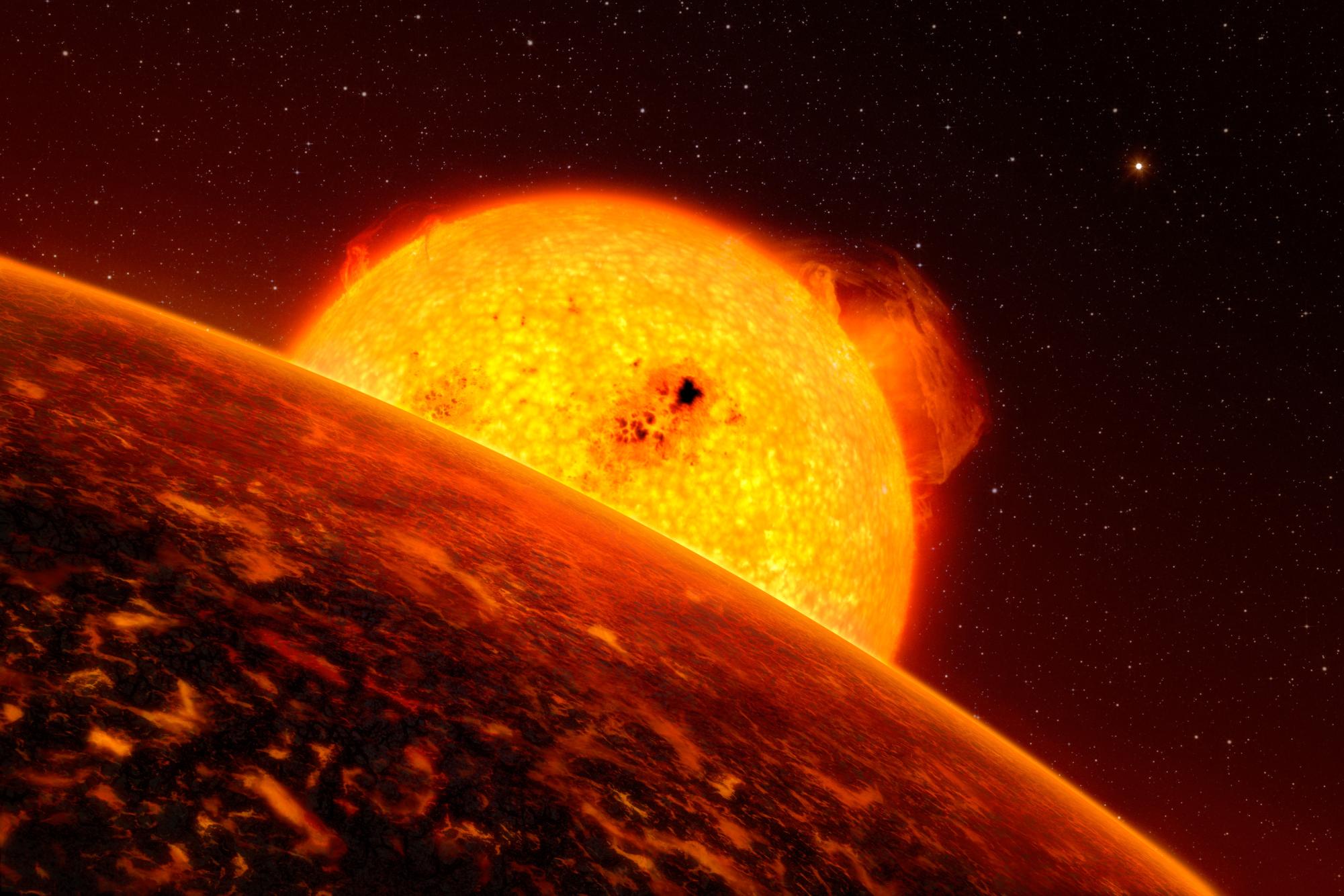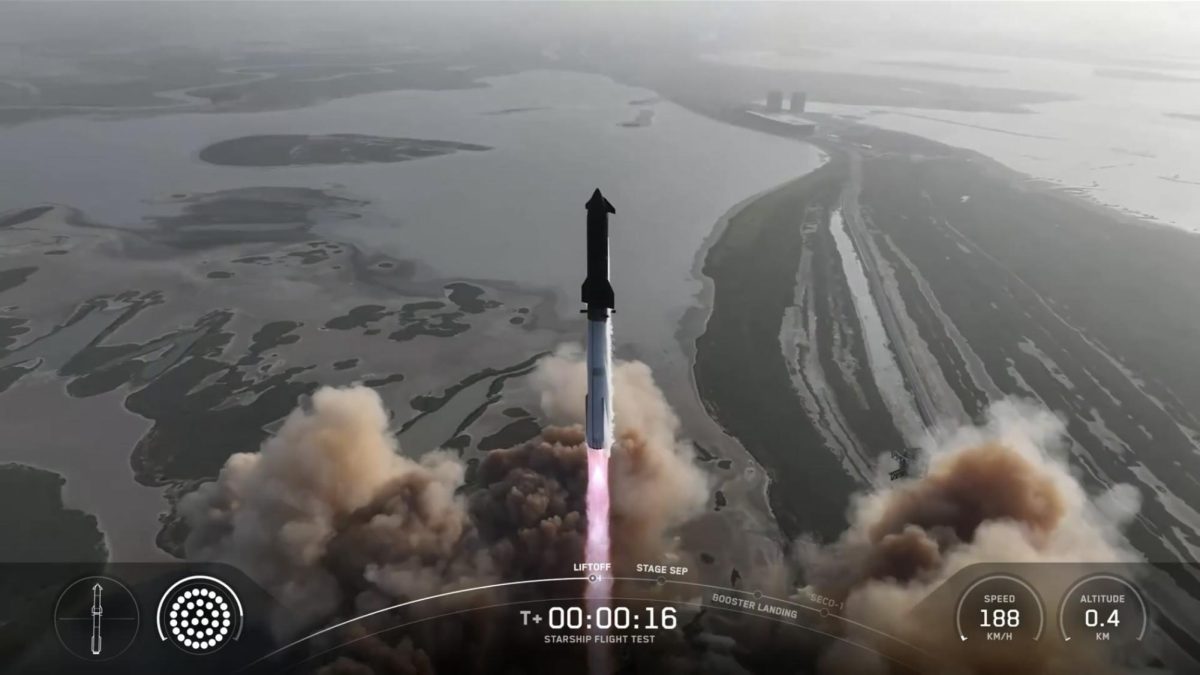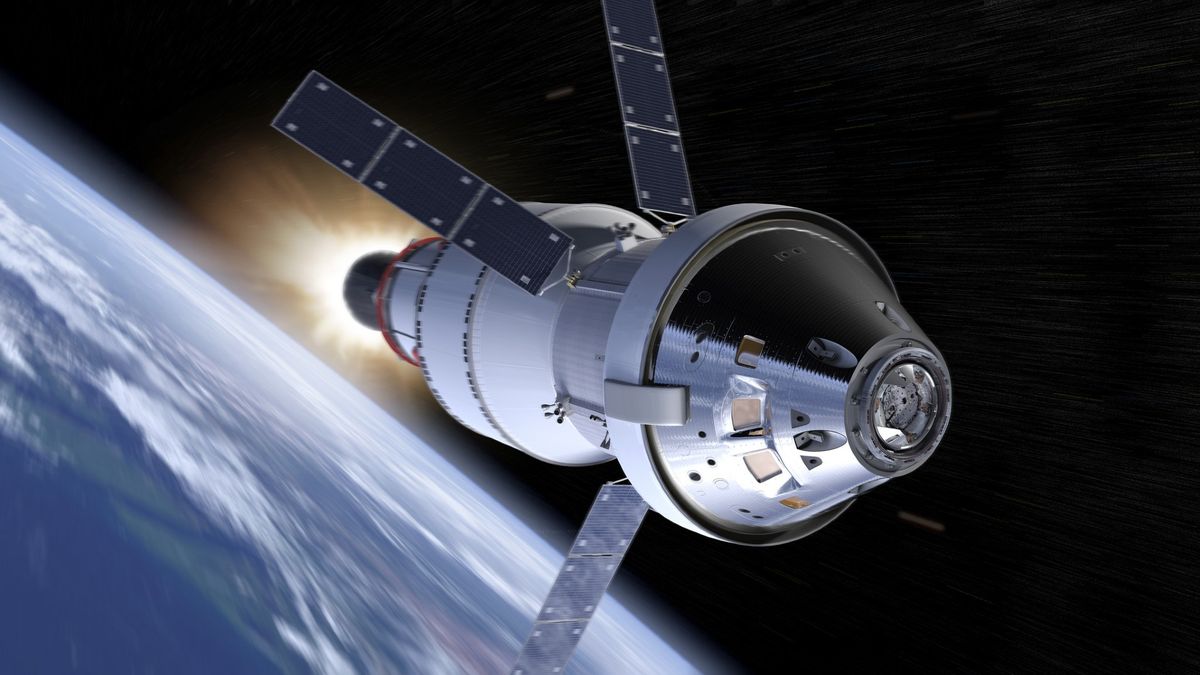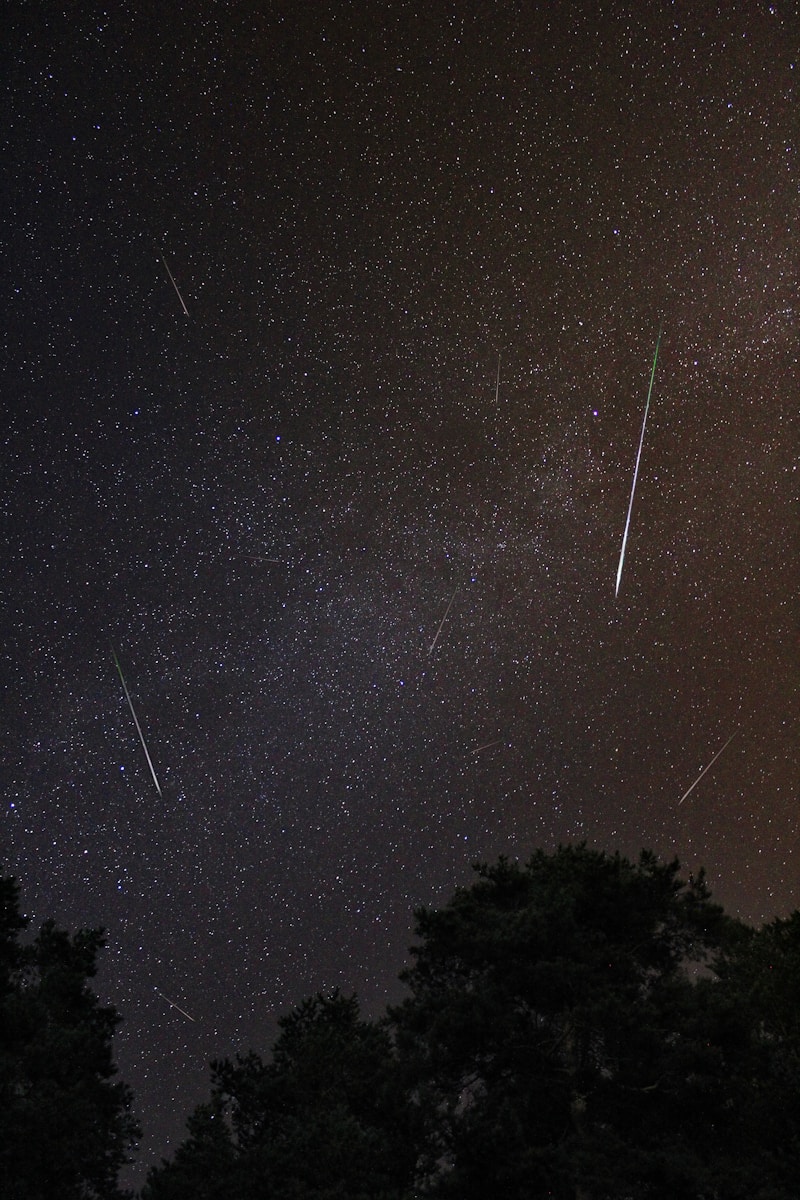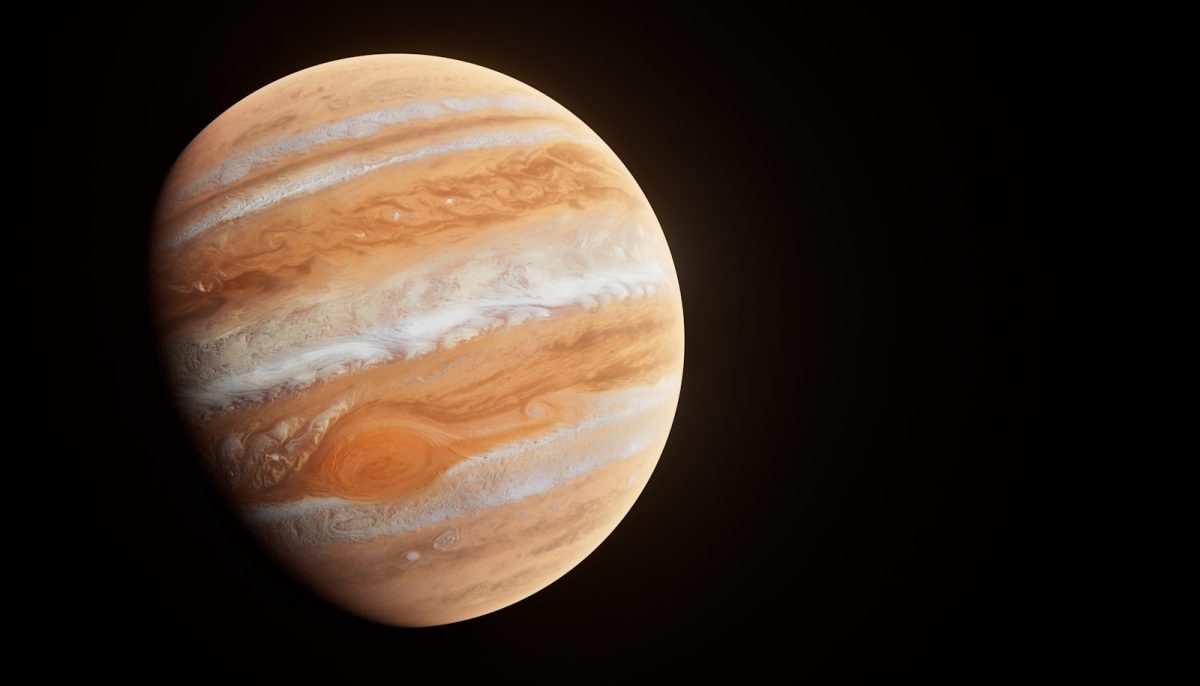The Solar System.
| Our solar system is categorized between 2 categories of planets. Mercury, Venus, Earth, & Mars share the “Rocky” or “Terrestrial” category while Jupiter, Saturn, Uranus, & Neptune share the “Gas” category which is simple enough.
As for the trillions of exoplanets (planets that orbit a different star but our sun) in our Milky way alone. Some roughly appear familiar to our solar system, while others are so vastly different, we hardly have a category to place them in. We tend to categorize exoplanets in similar ways to our solar system, even going out to use solar system terms in categorizing exoplanets.
Exoplanets can be described in three ways: Size (diameter & mass) Orbital Regime, & Composition.
Sorting By Size.
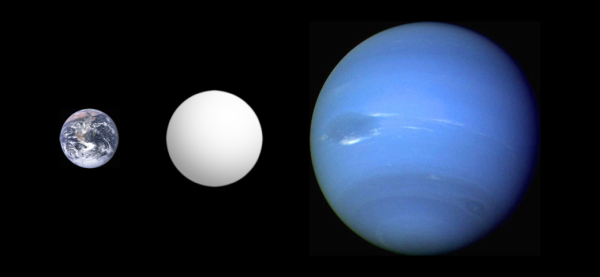
Some exoplanet types mainly depend on size such as “Super-Earths“, they are larger than Earth, yet they are smaller than Neptune.
Word of note, the barrier between a “Super Earth” and a small gas planet dubbed “Mini-Neptunes” is still relatively unknown. Some of the largest “Super-Earths” are terrestrial while others are gaseous. As for “Mini-Neptunes”, they resemble Neptune but are notably smaller.
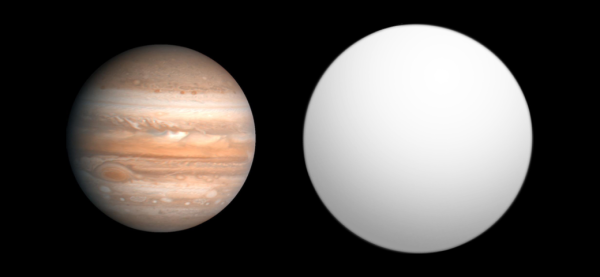
On the larger side, “Super-Jupiter” or “Hyper-Jupiter” are exoplanets larger than Jupiter such as exoplanet 2M1207b. But though “Super-Jupiters” are larger than Jupiter, they remain about the same mass as Jupiter up to a maximum of 80 Jupiter masses.
There are also planets with the same size and/or bigger than Jupiter yet they have less mass than Jupiter, these special exoplanets are called “Puffy-Planets“, HAT-P-1b (image) is an example of a “Puffy Planet”.
Sorting By Composition.

Other exoplanet types depend on their composition. One of them is an “Ocean-Planet” which names suggests is a terrestrial planet covered by a near 100% ocean that spans hundreds of kilometers deep.
Building on top of “Ocean-Planets”, there are “Hycean-Planets“, it is an extremely specific terminology describing the former, but the size of a “Super-Earth” and surrounded by a hydrogen predominated atmosphere.
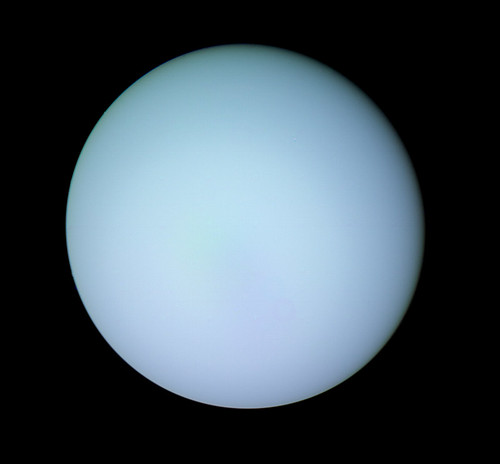
Gas Giants can be separated into three categories. Regular gas giants, hot-jupiters, and ice giants. Although gas giants are mostly composed of hydrogen & helium, an “Ice-Giants” defines a gas giant whose mass correlates with the concentration of ices & heavier elements in their atmospheres like methane. “Ice giants” also tend to be located in the farther regions of a star system. Uranus & Neptune are good examples of “Ice giants.”
Sorting By Orbital Region.
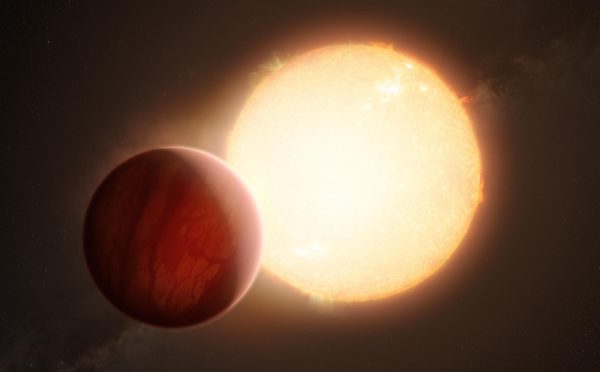
There are exoplanet types that depend both on size & orbital regime, those are “Hot-Jupiters” and “Hot-Neptunes” which both describe a gas giant that is roughly the size & mass of Jupiter (or Neptune) and orbits awfully close to its host star (sometimes even closer than Mercury) thus being ridiculously hot & being tidally locked.
Terrestrial planets that orbit their parent stars this close are also known as “Lava-Planets“. Some of these planets also known as “Chthonian-planets” could likely be remnant cores of evaporated “Hot-Jupiters.”
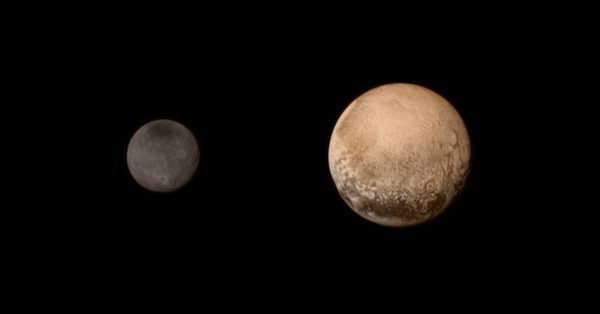
Sometimes there can be two planets that orbit each other in a binary setting such as Pluto & its moon Charon. Those particular cases are referred to as “Binary Planets” or “Double Planets“. Though astronomers are concerned about its stability as eventually the two planets can end up colliding with each other as a part of orbital decay.

There are also planets that can be found in extremely strange locations, like “Trojan Planets“, smaller co-orbiting bodies to larger planets. The “trojan” type even applies to asteroids too, such as the numerus trojan asteroids co-orbiting with Jupiter.
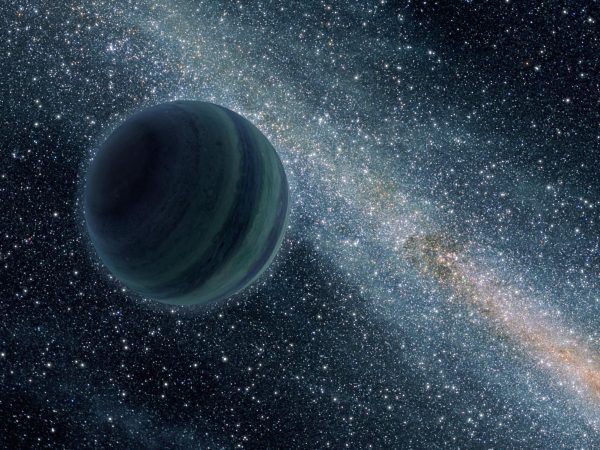
Lastly there are “Free floating planets” better known as “Rogue Planets“. They used to be regular planets, but they got thrown out of their host star system by an unlucky incident with another body which results in them drifting alone to orbit the galaxy itself.
Related Stories:
- https://en.wikipedia.org/wiki/List_of_planet_types
- https://exoplanets.nasa.gov/what-is-an-exoplanet/planet-types/overview/
- https://www.planetary.org/articles/the-different-kinds-of-exoplanets-you-meet-in-the-milky-way
- https://www.worldatlas.com/space/the-different-types-of-planets.html
- https://airandspace.si.edu
Take Action:
(Credit to https://esteemstream.news/86790/transportation/space/saturn-will-lose-its-rings for it’s take actions)
